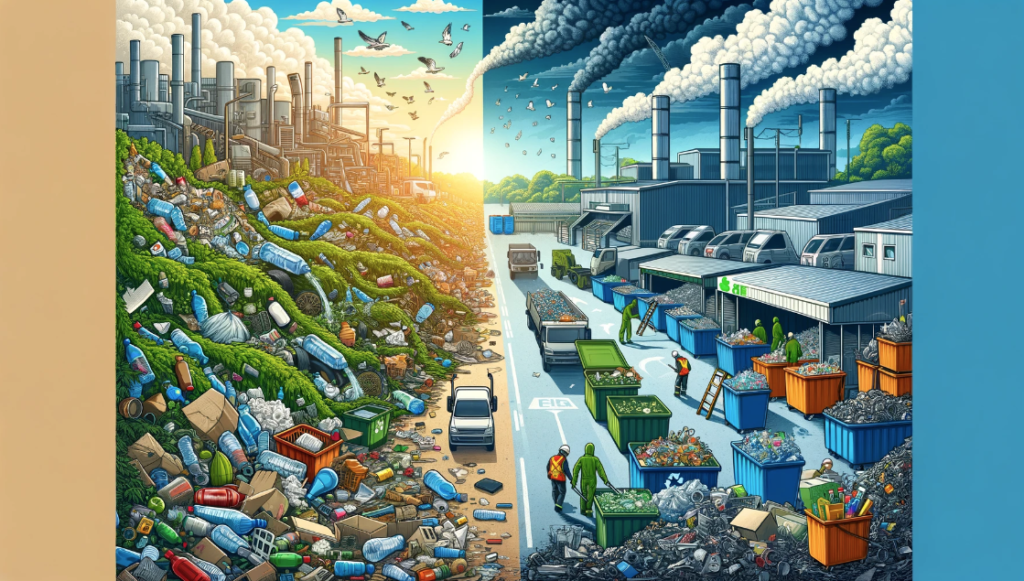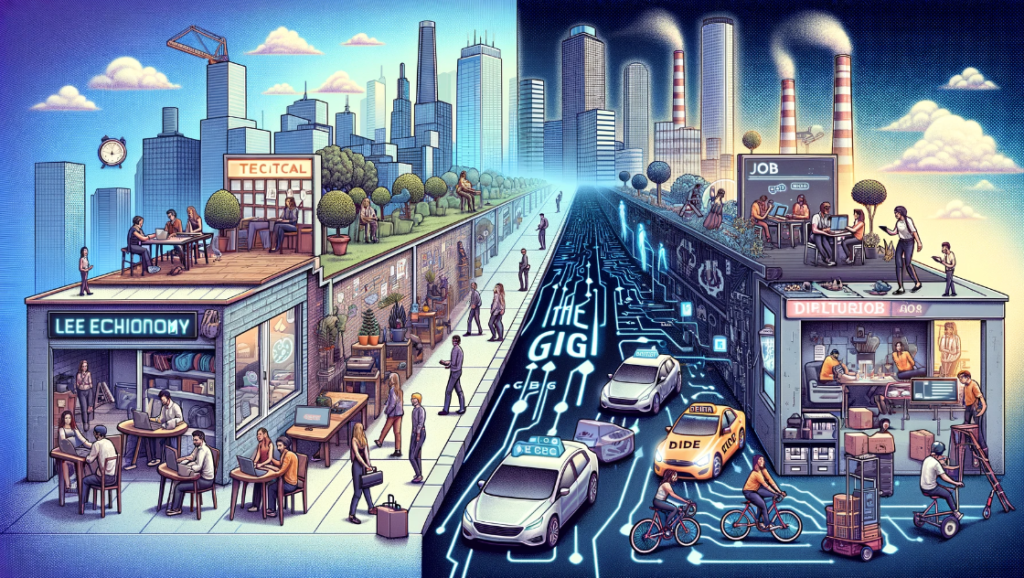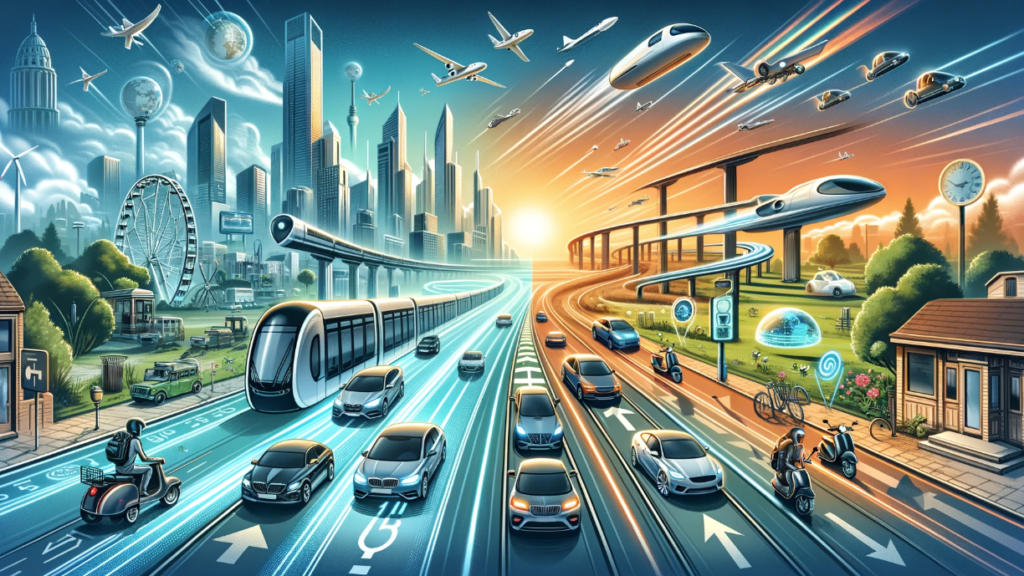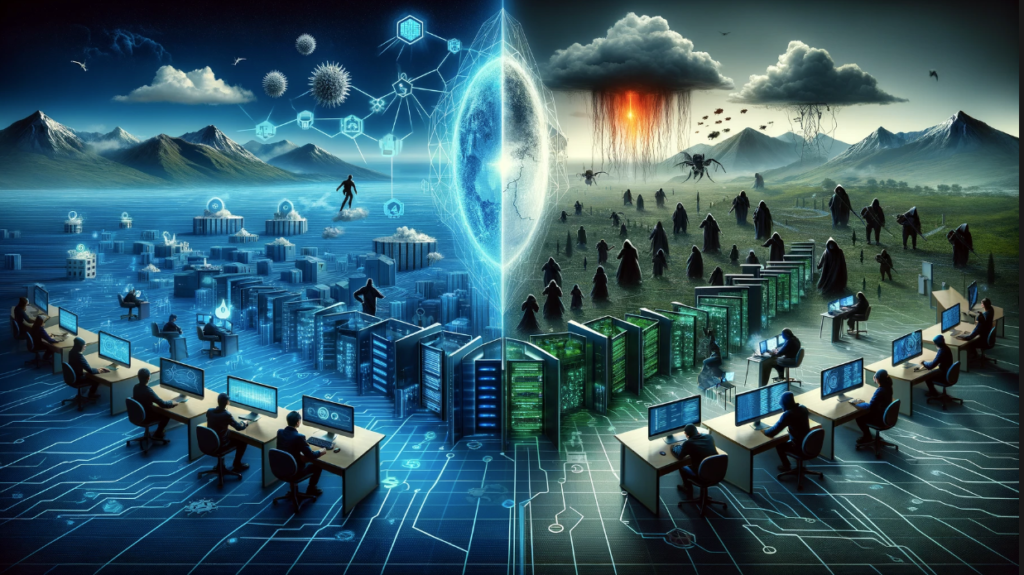Lesson 29. Water Scarcity and Conservation (水不足と保全)

▮ Explanatory Text:
Water scarcity affects billions of people worldwide, posing a significant challenge to sustainable development, public health, and environmental preservation. It is driven by a combination of factors, including climate change, population growth, and inefficient water use. Conservation efforts are essential to manage limited water resources effectively, ensuring access to clean water for all. This topic explores the causes and impacts of water scarcity, strategies for water conservation and management, and the role of technology, policy, and community action in addressing this global issue.
▮ Common Phrases:
1. Sustainable water management involves…
2. The overuse of water resources leads to…
3. Rainwater harvesting can contribute to…
4. Water-efficient technologies include…
5. Community participation in water conservation is essential for…
▮ Example Sentences:
1. Sustainable water management involves balancing the needs of people and the environment.
2. The overuse of water resources leads to depletion and degradation of freshwater supplies.
3. Rainwater harvesting can contribute to alleviating water scarcity in arid regions.
4. Water-efficient technologies include low-flow faucets and drought-resistant crops.
5. Community participation in water conservation is essential for implementing effective and culturally appropriate solutions.
▮ Questions:
1. What are the primary causes of water scarcity, and how do they vary by region?
This question encourages learners to discuss the global and regional factors contributing to water scarcity, highlighting geographic and climatic variations.
2. How does water scarcity impact ecosystems, agriculture, and human communities?
Participants explore the wide-ranging effects of water scarcity on natural environments, food production, and public health.
3. & 4. What strategies can be employed to improve water conservation and management at the individual, community, and governmental levels?
This prompts a discussion on various approaches to water conservation, from personal actions to policy interventions.
Discuss the role of innovation and technology in addressing water scarcity and enhancing water security.
Learners examine how technological advancements can support sustainable water use and access.
5. How can education and awareness contribute to solving the water scarcity challenge?
This question invites speculation on the importance of raising awareness about water issues and promoting water-saving behaviors among the public.
▮ Discussion Instructions:
Select an aspect of water scarcity or conservation that interests you, such as a specific conservation technique, policy approach, or technological solution. Discuss its potential impact, including benefits and challenges, and consider how it could be implemented or improved. Reflect on the importance of integrated water resource management and the roles different stakeholders play in conserving this vital resource.
















